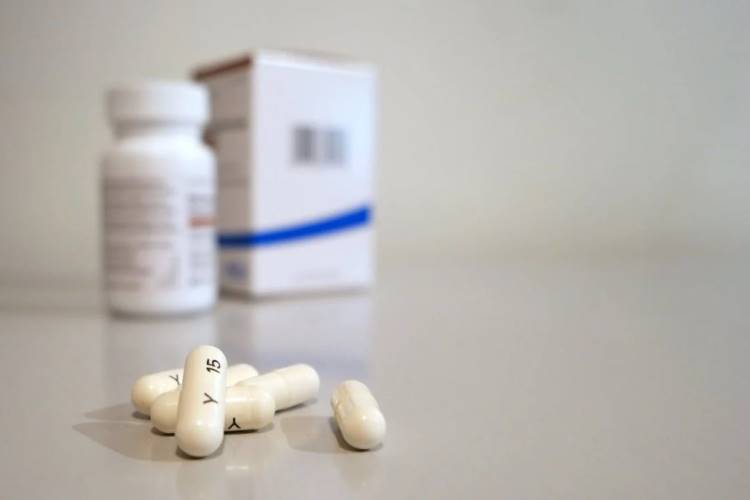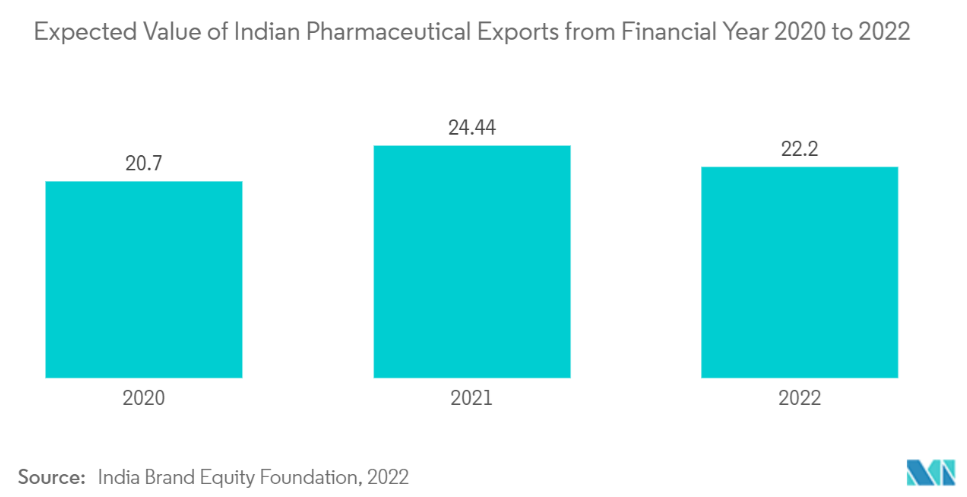
Reforming drug price control: The Union government’s decision to overhaul the pricing framework for drugs and medical devices marks a pivotal moment for India’s pharmaceutical sector. The move, indicated by the formation of a high-level committee, shows the government’s intent to revisit and potentially overhaul the existing Drug Prices Control Order 2013. This committee is mandated to achieve affordability and accessibility of medicines, while fostering innovation and growth in the pharmaceutical industry and the medical devices sector.
The committee, comprising senior officials from the department of pharmaceuticals, the National Pharmaceutical Pricing Authority (NPPA), and industry representatives, is tasked with a mandate that is both ambitious and necessary. Its focus on institutional reforms within the NPPA, the creation of a pricing moderation framework for medical devices, and incentives for the pharmaceutical industry to sustain growth and exports represents a holistic approach to drug pricing. This is critical for India where the balance between price control and market freedom has long been a subject of debate.
While the committee will prioritise affordability, it is crucial to address the needs of specific demographics with limited financial resources. This could involve exploring tiered pricing structures for essential medicines, expanding health insurance coverage for low-income populations, and strengthening existing government programmes for subsidised drugs. Addressing these concerns will ensure equitable access for all, especially those who depend on affordable medications for chronic conditions.
READ I India’s generic drugs industry needs a trade tune-up
Drug price control and pharma industry
The pharmaceutical industry’s approach to drug price control overhaul reflects a broader desire for reforms that accommodate the complexities of healthcare and pharmaceutical industries. The current method of calculating ceiling prices for scheduled drugs, based on a simple average of prices to retailers for all brands with significant market share, has been criticised for its inefficiency. The industry’s call for prospective pricing — adjusting prices for new stock rather than retrospectively — highlights the logistical challenges inherent in the current system.
Furthermore, the demand for incentivising research and development (R&D) highlights an area of concern. India’s pharmaceutical industry, known globally for its generic drugs, faces the dual challenge of maintaining its competitive edge while fostering innovation. Allowing companies to price innovative products at a premium could encourage higher investment in R&D, potentially leading to breakthroughs in drug development and therapy.
The separate regulatory and pricing framework proposed for medical devices by industry stakeholders reflects an acknowledgment of the distinct challenges faced by this sector. The suggestion for price regulation based on trade margin monitoring, rather than direct price control, alongside a stepwise regulatory rationalisation, aims to create a more conducive environment for the growth of the domestic medical devices industry. This is crucial for reducing dependence on imports and ensuring the availability of high-quality medical devices at reasonable prices.


The debate around incentivising R&D raises a critical question: how long should these premium prices for innovative drugs last? A transparent drug price control mechanism after a set period is necessary to ensure that patients have access to these advancements at reasonable costs in the long term. Additionally, exploring alternative funding mechanisms for R&D, such as tax breaks or public-private partnerships, could lessen the reliance on premium pricing for new drugs.
However, the involvement of industry representatives in the policymaking process has raised concerns about potential conflicts of interest and the influence of the pharmaceutical industry on regulation. Critics argue that the committee’s composition might bias the outcome in favour of industry interests over patient accessibility and affordability. The alarm raised by advocacy groups like the All India Drug Action Network (AIDAN) highlights the tension between public health objectives and the interests of a profit-driven industry.
The committee and the government face the challenge of striking a balance that protects public health interests while promoting industry growth and innovation. The complexity of drug pricing, with its implications for healthcare accessibility, industry competitiveness, and economic considerations, requires a nuanced approach. As India continues to position itself as a global leader in pharmaceuticals and medical devices, the outcomes of these reforms will have far-reaching implications for patients, industry players, and the healthcare system at large.
To mitigate concerns about industry influence, the committee should prioritise complete transparency throughout the reform process. This includes making public all data and deliberations used to inform decisions. Additionally, establishing an independent body to monitor the implementation of the new framework and address potential conflicts of interest would be crucial. Public trust in the reformed system hinges on its transparency and commitment to patient well-being.
The decision to overhaul the drug price control mechanism reflects a broader need for a regulatory framework that is transparent, equitable, and adaptive to changing healthcare needs. As the committee embarks on its mandate, the deliberations and eventual recommendations will be closely watched by stakeholders across the spectrum. The goal must remain clear: to ensure that the reforms not only foster a vibrant pharmaceutical and medical devices industry but also, and more importantly, enhance the accessibility and affordability of medicines and healthcare for citizens.
